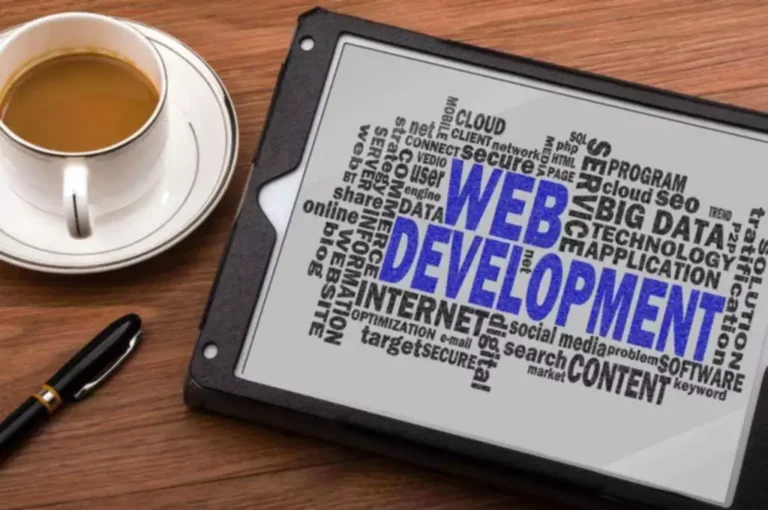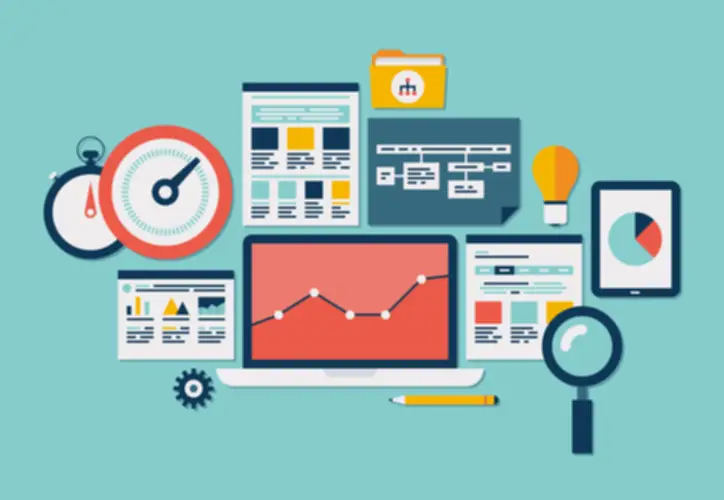Scrumban was initially designed as a way to what is scrumban transition from Scrum to Kanban. Scrumban takes from scrum such decision-making as figuring out how much work could be done in a dash and prioritizing what is the most important task to work on subsequent. These may include projects during which, not like a brand new product launch, there isn’t any definitive completion date for the work. In software growth, small mistakes can lead to large disasters.
Scrum Teams: How To Optimize Remote Group Dynamics
Many organizations use scrum boards to handle their workflow effectively. To be exact, Scrumban is an agile framework describing hybrids of Scrum and Kanban. It was initially designed as a way to transition from Scrum to Kanban and combines selective best practices of both Scrum and Kanban. It makes use of the inherent nature of Scrum to be agile for development work along with encouraging teams for following the lean philosophy of Kanban to remove wastes and provide what customer needs. In doing so, groups create a steady move of work items with a mix of Scrum occasions and roles added in. Setting your WIP limit assures you of a relentless workflow coupled with a visible Scrumban board.
- A kanban represents a portion of the productive capacity of some closed inner financial system.
- Instead, one or more staff members are responsible for a selected part of the workflow represented by a column on the board.
- Communication is another drawback for enormous Scrum projects, especially for group members throughout different time zones.
- Although very structured, the Scrum methodology is not rigid because it remains dedicated to the continual adjustments of your team to changing conditions.
- If a kanban is a token that represents a work request, and our task board can still get uncontrolled, then what is the drawback here?
- That is to level out a more gradual nature of the process, stemming from the sprint-like approach to project planning.
When To Use Scrumban With Your Team?

The perfect work planning process should always provide the development staff with smartest thing to work on next, no extra and no much less. Therefore, we should use the least wasteful mechanism that will fulfill that straightforward condition. Since we are now pondering extra about flow, the additional workflow detail strongly suggests using a cumulative circulate diagram to track the work and measure our performance. A easy burndown tells you something about whether or not you’re delivering work, however not very a lot about why.
Transitioning From Iterations To Steady Supply
Ideally, the staff critiques the playing cards on the board each week and adds playing cards from the product backlog based mostly on that sprint’s goal. Kanban boards are easy to be taught, even for individuals who haven’t worked in an agile setting. First-timers can look at Kanban boards and understand the intuitive format, in distinction to Scrum boards, which frequently require coaching for new staff. This simplicity helps each full-time workers and contractors who want to grasp the workflow throughout their short-term attachment. The Scrum board is a collaborative device that helps employees stay on observe with project targets. Everyone can view the board to see their allotted work and people assigned to other staff members.
The aim of a Scrumban board is to ensure clear visibility, so that you attempt not to embody so many columns that the board turns into troublesome to view or overwhelming. For Scrumban, despite the actual fact that physical boards may be adopted, the utilization of software to create and handle your board proves extra intuitive and productive. If you employ project management methodologies for your project management wants, you are doubtless familiar with agile methodologies such as Scrum or Kanban. Project managers are used to handling ventures which have a definitive begin and finish date. They are sometimes made up of cross-functional groups that might be collectively for 12 months or less. Teams like this will work properly with Scrumban, through studying communication constructions based mostly on a number of the Scrum ceremonies, with dedicated planning classes to debate project necessities.

To Do limits –In order to have more productive planning conferences, the number of duties within the To Do section could be limited as properly. The similar as with WIP limits, it’s written at the high of the To Do part or on top of the corresponding columns and limits the number of duties in the To Do section or specific columns. Again, due to the transparency of kanban boards, all team members can see the place they and the project is in terms of workflow.
For one, the scrumban methodology is so new that there are no finest practices to information it. This can open the door for groups to invent their own, which can or may not be a profit to the project. The essence of scrumban is its combination of the outlined construction of scrum with the fluid workflows of kanban.
It’s a visual agile methodology and there’s only one planning meeting. The scrumban technique rules are simple, so the training curve is comparatively flat. Scrumban is a project management framework that combines the most effective ideas and tools of Scrum and Kanban. It retains Kanban’s visible workflow management and integrates it with Scrum’s secure dash construction to create a hybrid methodology that’s versatile and appropriate for agile teams of all sizes. On the other hand, Kanban is an Agile framework that helps teams balance the work they should do based mostly on the obtainable capacity of every staff member. The Kanban framework is built on the philosophy of continuous enchancment, where work objects are “pulled” from a product backlog into a gradual stream of work.

Instead of fixed dash planning, conduct flexible planning sessions to replenish the “To Do” column. Since there’s no Scrum grasp in Scrumban, it’s important that everyone on the team knows these 4 important steps. While Scrumban was initially intended to assist teams transition, some may find that this combination of the 2 methods works the most effective for his or her staff. Scrumban is greatest used by a team that already is aware of some aspects of Scrum or Kanban. The experience they have will give them some familiarity after they begin utilizing the Scrumban methodology.
Scrumban adopts continuous growth and stays devoted to flexibility all through iterations and full projects. Your iterations usually are not time-limited, so creating these poker playing cards could even prove difficult. When project duties and processes are accomplished, they’re moved to the “Done” section.

Progress is definitely tracked this manner, so the board and group members do not turn out to be overwhelmed by a giant quantity of columns. As companies notice they want to transfer to a more Agile, Lean means of working, Scrumban is a straightforward way to go, with its removal of any unnecessary litter from Scrum, that many an organization won’t need. It permits firms to proceed to work in a means that is pure to them, however to – at the same time – implement one of the best Lean and Agile practices particular for steady circulate environments. It typically requires a mind-shift change, that might be troublesome to understand. Also, because of the recognition of Scrum, many managers think of Scrum alone, when they consider Agile, regardless of there being numerous other (potentially simpler to adopt) frameworks available, i.e.
In Kanban, when one objective is accomplished, the staff takes up one other goal. This mannequin is your best choice if the work is routine and would not require frequent stakeholder engagement. Kanban boards are very customizable, enabling efficient visualization even when your project has unique work items that don’t match the usual Kanban layout. This flexibility makes it simpler for organizations to track and fulfill project goals. Kanban boards often have three columns much like “To Do,” “Doing,” and “Done.” However, these columns could be customized on your organizational workflow. For example, some Kanban boards have “To do,” “In progress,” “Ready for deploy, “Approving,” and “Done” columns.
Scrumban combines the essential structural elements of the Scrum methodology with the visually intuitive administration features of Kanban. However, there are few variations in how precisely these Scrum structural elements are adopted. Although Kanban Tool® was built with Kanban course of flow in mind, it’s as a lot as you to outline how your boards function. Working along with Scrum, Waterfall, Scrumban, or some other pattern is feasible. Scrumban combines the structured nature of Scrum with the flexibility and continuity of Kanban to deliver agility, effectivity, and productiveness to a team.
You have a project, and it has the means to finish it inside the constraints of time, scope and cost. As inflexible as some project management methodologies can appear, they’re surprisingly cooperative when mixed with others to create a workable hybrid. In Scrumban, there are no types of “story points”—a strategy that assigns factors to duties based on the estimated time or effort each assignment will take. Instead, the Kanban board should solely have a set amount of cards on the board to forestall overwork.
Transform Your Business With AI Software Development Solutions https://www.globalcloudteam.com/





